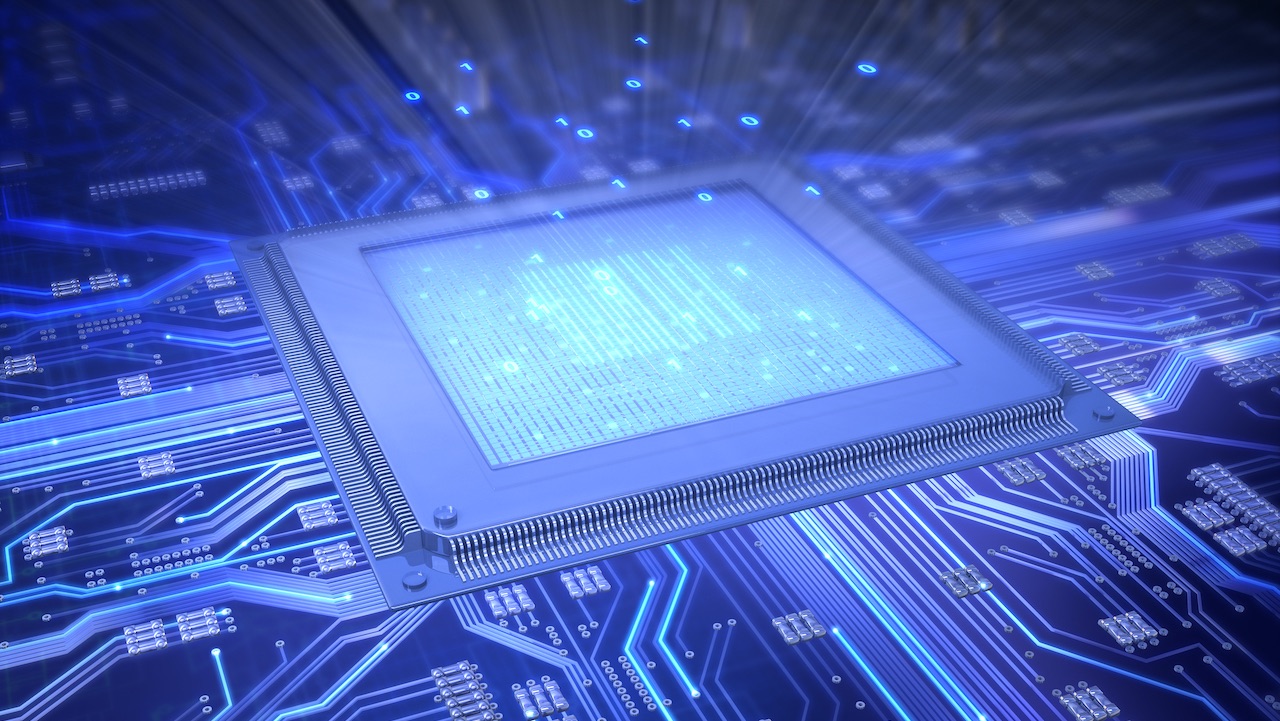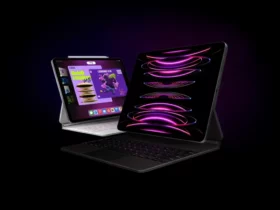On Thursday 30 September, the US multinational Intel presented Loihi 2, the new generation neuromorphic chip.
Let’s not be frightened by words: we all know, at least in broad terms, what a chip is. And to better understand the meaning of the adjective neuromorphic, let’s go back to the 1980s, when neuromorphic engineering was born.
What is Neuromorphic Engineering
Before talking about neuromorphic chips, and therefore about the brand new Loihi 2 launched by Intel, we need to focus on the concept of neuromorphic engineering.
Neuromorphic means more or less shaped like a neuron. And neuromorphic engineering is precisely a branch of engineering that aims to use chip systems whose electronic circuits mimic the biological-neural architectures of the human nervous system.
So here, in practice, we have also already said what neuromorphic chips are. I am self-learning chips that work by means of artificial neural networks. They are plastic networks that, we could say, change the weights of the connections according to the interaction with the outside, exactly as happens in natural synapses.
This process far exceeds the binary (and immutable) on / off logic of the traditional chip. The artificial learning neural networks of neuromorphic chips such as Loihi 2 are composed of layers of progressive abstraction: each layer processes the data of the previous one and supplies it to the next.
Neuromorphic chips are very useful above all to create an increasingly refined artificial intelligence. And more and more similar, in its ductility, to the human one.
Loihi 2
The premise was a bit long but indispensable. And now we can finally delve into Loihi 2, the latest generation neuromorphic chip launched by Intel.
The announcement was made over three years after the company’s Santa Clara, California-based company developed its first neuromorphic chip.
Along with Loihi 2, which is inspired by the human brain, Intel also announced the birth of the Lava open-source software framework, chand will allow researchers to exploit the very next generation of chips.
In fact, we are still in full research phase regarding Loihi 2, whose marketing date has not yet been established.
How will Loihi 2
A little technical data is essential. Loihi 2 will be produced with Intel 4, thanks to which the size has been halved (it has gone from 60 to 31 square millimeters, and the number of transistors has risen to 2.3 billion). Intel said that all the circuits were redesigned from scratch, but the high-level architecture remained the same.
Compared to Loihi 1, the chip (fully programmable) is between 2 and 10 faster. The number of neurons is also 8 times greater than those of Loihi 1: it goes from 130,000 to 1 million per chip.
Every chip has 120 neuronal cores and 128 million synapses. Processors per core double from 3 to 6. They explain from Intel: “These processors are programmed in C or Python code and perform many essential tasks related to encoding and decoding data across the neuromorphic domain, as well as management and cleaning operations. The increased number of cores helps prevent these conventional activities from bottlenecking overall application performance, as occasionally occurred in Loihi. “
How will Lava be
Intel has also created a software part that matches Loihi 2, in order to make the most of its potential. So here is the Lava open source framework, which will be open, modular and extensible.
As Intel describes it: “Lava will enable researchers and application developers to build on each other’s progress and converge on a common set of tools, methods and libraries. Lava works seamlessly on heterogeneous architectures, conventional and neuromorphic processors, enabling cross-platform execution and interoperability with a variety of artificial intelligence, neuromorphic and robotic frameworks.
Developers can start building neuromorphic applications without having access to specialized neuromorphic hardware and can contribute to the core Lava code and port it to other platforms. “
Intel and neuromorphing computing
In 2011 Intel acquired a small startup, Fulcrum Microsystems, whose staff were already working on something other than the algorithms still in use today..
The Fulcrum Microsystems team aimed to apply the logic of the human brain to computers, and therefore an asynchronous management of processes.
In short: it is the events that trigger the activity of the chip, which occurs dynamically. Traditional architectures, on the other hand, process a set of predefined instructions.
Here is the neuromorphic computing architecture, which wants to emulate the functioning of the human neural system through normal transistors.
Intel tried this in 2018 with Loihi 1, and has now announced the launch of the more sophisticated Loihi 2.
We just have to wait for its commercialization to see what it will be able to do in practice.













Leave a Reply
View Comments